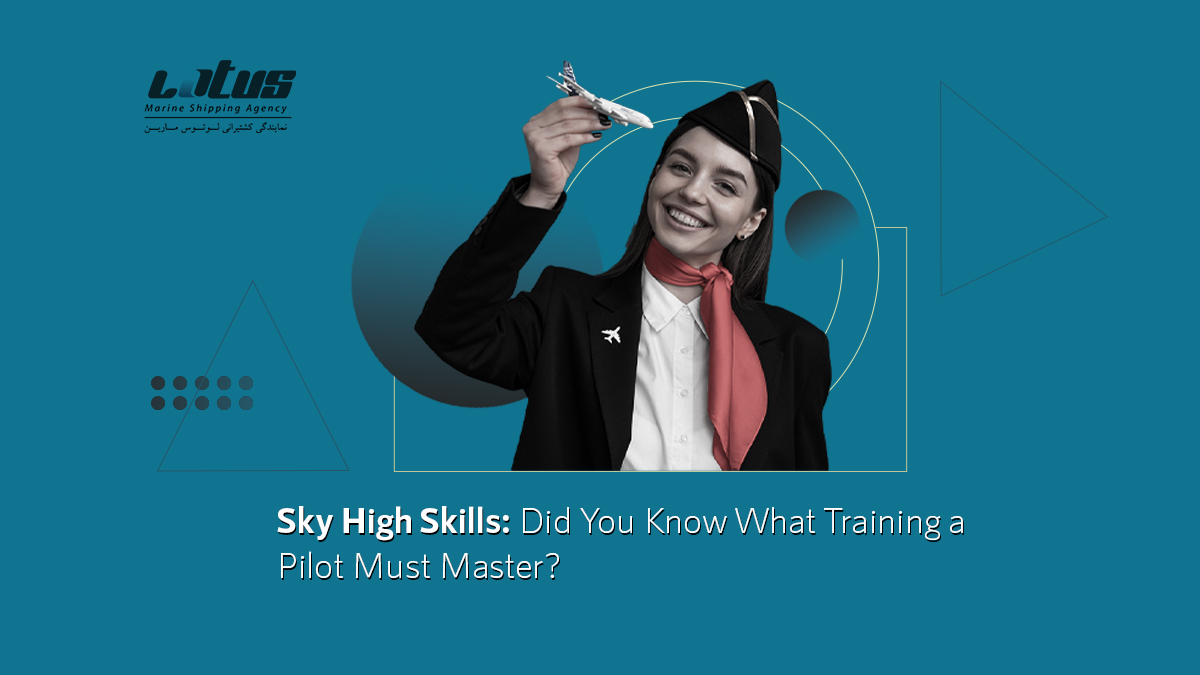Introduction
Ever wondered what it takes to confidently maneuver a giant metal bird through the skies? The journey to becoming a pilot is filled with complex training and dedication. Let’s dive into the world of aviation training and uncover the skills a pilot must master to take to the skies.
The Journey Begins: Basic Requirements
Educational Background Piloting isn’t just about learning to fly. It starts with a solid educational foundation. Prospective pilots often begin with a degree in aviation or related fields. But it’s not just about the books; it’s about applying these principles in the air.
Physical and Medical Standards Flying high demands physical fitness and mental alertness. Pilots undergo rigorous medical examinations to ensure they’re up to the task. This includes vision tests, hearing assessments, and overall physical health evaluations.
The Heart of Training: Flight School
Ground School Training Before taking off, pilots spend hours in ground school. Here, they learn about aerodynamics, navigation, aviation laws, and aircraft operations. It’s the theoretical groundwork for what comes next.
Flight Simulator Sessions Simulators offer a risk-free environment to handle various flight scenarios. From turbulent weather to system failures, these sessions prepare pilots for the unexpected.
Actual Flight Training Nothing beats the real thing. Under the guidance of experienced instructors, trainee pilots take the controls, learning to take off, fly, and land. Each flight builds confidence and skill.
Specialized Skills: Beyond Basic Flying
Navigation and Communication Navigating the skies requires more than just a compass. Pilots learn advanced navigation techniques and master air traffic communication to ensure safe and efficient flights.
Emergency Procedures Emergencies are rare, but pilots must be prepared. Training includes handling engine failures, emergency landings, and in-flight crisis management.
Weather Interpretation Weather can be a pilot’s friend or foe. Understanding weather patterns and interpreting meteorological data is crucial for safe flying.
Advanced Certifications
Commercial Pilot License This license is a step up, allowing pilots to be compensated for flying. The training is more intensive, focusing on advanced flight techniques and regulations.
Airline Transport Pilot License The gold standard for pilots, this license requires meeting high flight hour requirements and passing rigorous exams. It’s the key to becoming a captain.
The Role of Technology in Pilot Training
Modern Flight Simulators Today’s simulators are highly sophisticated, mimicking real flight experiences with astonishing accuracy. They play a crucial role in pilot training.
Virtual Reality Training Emerging VR technologies offer immersive training experiences, allowing pilots to practice in a variety of simulated environments.
The Importance of Continuous Learning
Recurrent Training Pilots don’t just learn and leave. They undergo regular training to keep their skills sharp and stay up-to-date with the latest aviation practices.
Learning from Real-Life Incidents Analyzing past incidents is an integral part of training, providing valuable lessons in aviation safety and decision-making.
Physical and Mental Stamina
Coping with Stress and Fatigue Pilots must manage long hours and stress. Training includes developing resilience and strategies to maintain high performance under pressure.
Decision Making Under Pressure Quick, accurate decisions are vital in aviation. Pilots are trained to assess situations rapidly and act decisively.
The Global Perspective
International Regulations and Standards Aviation is a global industry. Pilots must be familiar with international aviation standards and regulations.
Cross-Cultural Communication Skills Effective communication across different cultures is essential, especially for pilots flying international routes.
The Future of Pilot Training
Evolving Technologies Advancements in technology continuously reshape pilot training, making it more efficient and effective.
Trends in Aviation Training From eco-friendly practices to increased automation, the trends in aviation training are ever-evolving, shaping the future of flying.
Real-Life Experiences
Interviews with Experienced Pilots Hearing from those who have navigated this path provides insights into the realities of pilot training.
Insights from Flight Instructors Instructors share their experiences and the importance of a solid training foundation.
The Cost and Commitment
Time and Financial Investment Becoming a pilot is a significant investment of time and money, but for many, the rewards are worth it.
Balancing Personal Life Juggling training with personal life is a challenge. It requires dedication and time management.
Breaking Barriers
Women in Aviation Women are increasingly taking to the skies, breaking traditional barriers in the aviation industry.
Overcoming Stereotypes The field of aviation is becoming more diverse, challenging old stereotypes and opening doors for a wider range of aspiring pilots.
Safety First: The Ultimate Goal
Importance of Safety in Training Safety is paramount in pilot training, with a strong emphasis on safe practices and risk management.
Safety Records and Achievements The aviation industry’s safety records are a testament to the rigorous training pilots undergo.
Conclusion
Summarizing the Importance of Pilot Training
The journey to becoming a pilot is challenging yet rewarding. It demands not only technical skills but also mental fortitude, continuous learning, and a commitment to safety. The training a pilot undergoes is crucial in ensuring that every time we take to the skies, we’re in the safest hands possible.
FAQs
What is the minimum educational requirement to become a pilot?
Typically, a high school diploma is required, but many pilots have a college degree.
How long does it take to become a commercial pilot?
It varies, but it generally takes 1-3 years of training after obtaining a private pilot license.
Can pilots wear glasses?
Yes, pilots can wear glasses or contact lenses as long as their vision meets the required standards.
Are pilot training simulators like video games?
No, they are sophisticated tools designed to realistically simulate flying conditions and are used for professional training.
Is pilot training different for flying commercial versus private planes?
Yes, commercial pilot training is more rigorous, involving more flying hours and comprehensive knowledge of aviation regulations.

